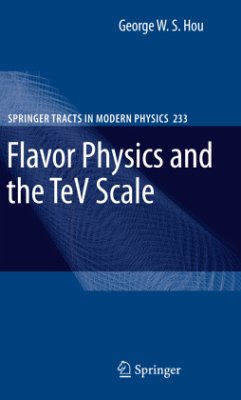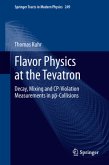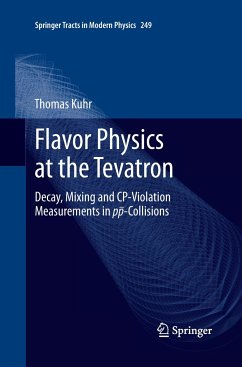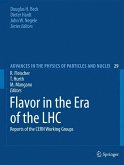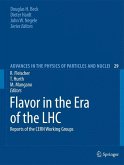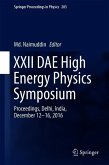The ?avor sector carries the largest number of parameters in the Standard Model of particle physics. With no evident symmetry principle behind its existence, it is not as well understood as the SU(3)×SU(2)×U(1) gauge interactions. Yet it tends to be underrated, sometimes even ignored, by the erudite. This is especially so on the verge of the LHC era, where the exploration of the physics of electroweak symmetry breaking at the high energy frontier would soon be the main thrust of the ?eld. Yet, the question of "Who ordered the muon?" by I. I. Rabi lingers. We do not understand why there is "family" (or generation) replication. That three generations are needed to have CP violation is a partial answer. We do not understand why there are only three generations, but Nature insists on (just about) only three active neutrinos. But then the CP violation with three generations fall far short of what is needed to generate the baryon asymmetry of the Universe. We do not understand why mostfermions are so light on the weak symmetry breaking scale (v. e. v. ), yet the third-generation top quark is a v. e. v. scale particle. We do not understand why quarks and leptons look so different, in particular, why neutrinos are rather close to being massless, but then have (at least two) near maximal mixing angles. We shall not, however, concern ourselves with the neutrino sector. It has a life of its own.

